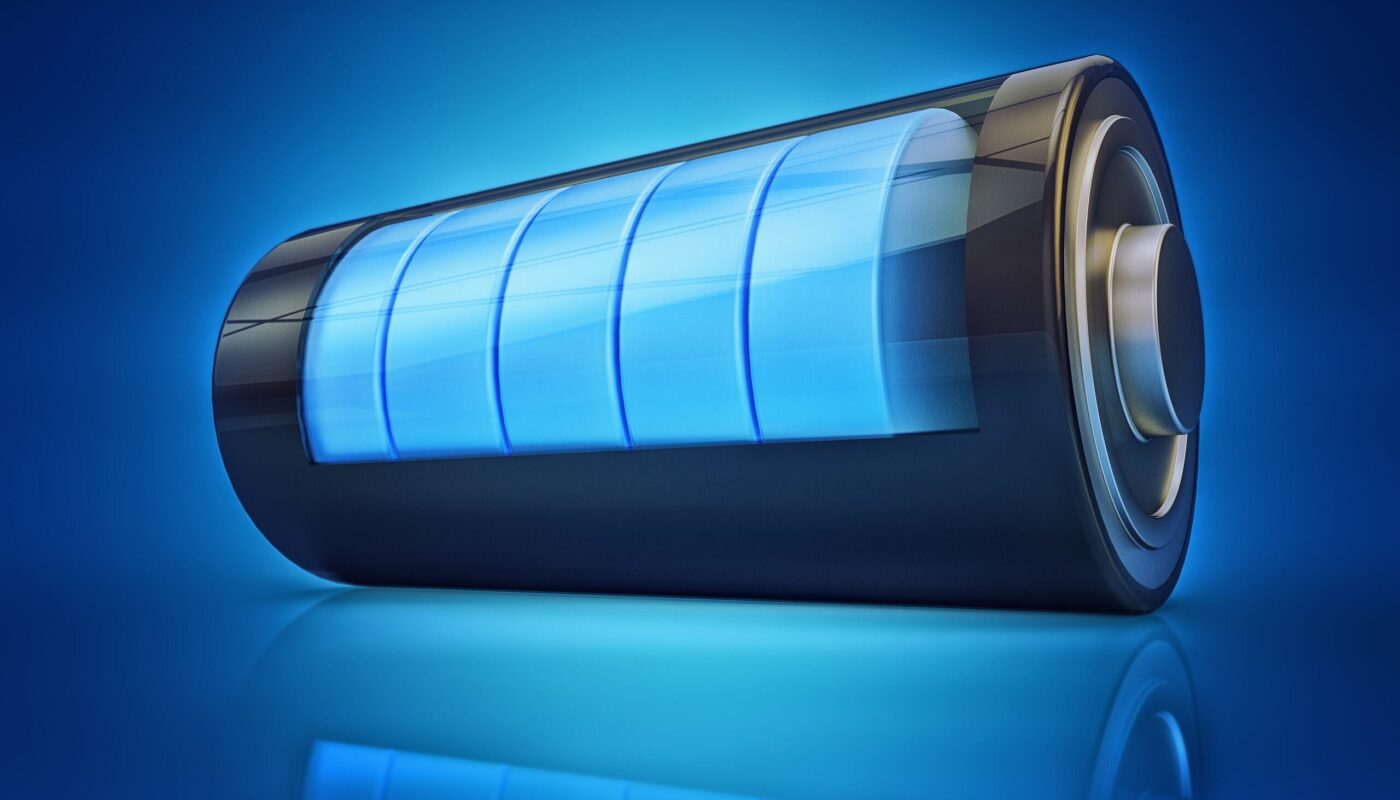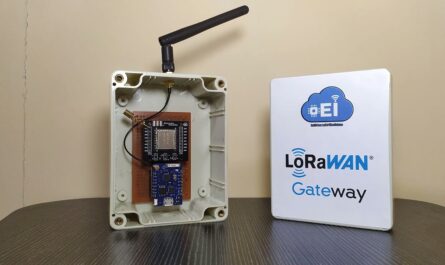Flow batteries store energy in chemical solutions contained within external tanks rather than within the electrochemical cell itself. This distinction allows the power (the amount of energy stored) and the energy capacity (how long it can discharge) of the system to be independently scaled by increasing the size of the storage tanks or the volume of electrolyte solutions. Two basic types of flow batteries exist – vanadium flow batteries and hybrid flow batteries.
Vanadium Flow Batteries
Vanadium flow batteries are the most commercially advanced Flow Battery technology. They use vanadium in different oxidation states – vanadium (II) and vanadium (IV) – dissolved in an aqueous solution as the redox-active electrolytes. The electrolytes circulate between storage tanks and the electrochemical cell, a process that separates power and energy. In a vanadium flow battery, the electrolytes contain vanadium dissolved in acid. During the recharge of the battery, the vanadium is oxidized at the positive electrode to a higher valence state and reduced at the negative electrode to a lower valence state. This reversible precipitation/dissolution process allows the storage and release of electrical energy.
Vanadium flow batteries offer several advantages over conventional batteries. Firstly, the energy capacity can be easily scaled by increasing the size and volume of the external electrolyte tanks without affecting the power capability of the system. Secondly, all the active materials are dissolved in the electrolyte solutions which ensures no material is lost over many charge/discharge cycles. The electrolyte solutions are also replenishable, allowing the lifetime of the system to extend over twenty years. Additionally, vanadium has an excellent cycling stability and is relatively low cost and abundant. Vanadium Flow Batteries are also easy and cost-effective to manufacture leading to a projected low per kilowatt-hour cost at large scale.
Some limitations of vanadium flow batteries include the relatively bulky size and infrastructure required for the external electrolyte tanks and pump systems. The maximum cell voltage is also limited to 1.4V, resulting in lower energy density than lithium ion batteries. The electrolytes also experience some self-discharge over time which reduces storage efficiency. Lastly, the production process for the vanadium electrolytes produces acidic solutions that require careful handling and disposal.
Hybrid Flow Batteries
Hybrid flow batteries use one electrolyte that is continuously circulated like a vanadium flow battery, but also includes a solid electrode material like a conventional battery. This hybrid design aims to combine the benefits of independent scalability from flow batteries with higher energy density from solid energy storage materials. Two categories of hybrid flow batteries exist – hybrid redox flow batteries and redox shuttles.
Hybrid redox flow batteries employ a liquid electrolyte and a solid active material for the positive electrode, like cerium(IV) and sodium or zinc bromine. The negative electrode uses a soluble organic or inorganic redox couple in an aqueous liquid electrolyte like vanadium or iron. During operation the soluble negative ions intercalate into and out of the solid positive electrode material, allowing energy storage and retrieval. These systems offer higher voltage and energy density than all-liquid flow batteries.
Redox shuttles flow batteries integrate a solid metal plate or film as the stationary negative electrode, paired with a liquid positive electrolyte that carries soluble redox-active organic or inorganic molecules. During charge and discharge these redox shuttles deposit and re-dissolve from the solid negative electrode surface. While offering potential higher energy densities, challenges include increased complexity of integrating both solid and liquid components as well as deposition issues limiting long term cycling stability.
Research and Development of Flow Battery Technologies
Considerable research efforts are ongoing to address the current limitations and further progress flow battery technologies. Areas of active development include improving vanadium electrolyte formulations for increased energy density and power capability. Researchers are also working on non-vanadium alternatives using less expensive and more abundant metal ions like iron, zinc or manganese. Novel organic or polymeric redox couples are being explored for hybrid flow batteries that could provide higher specific energies closer to conventional batteries.
Engineering design and materials innovation aims to reduce system costs by streamlining integrated components like flow plates, tanks, and pump systems. Life cycle cost modeling guides efforts to extend cycle life through additive formulations and electrode enhancements. Flow battery models are helping to elucidate failure mechanisms and optimize system configurations through computational simulation. Standardized testing procedures and safety protocols are being established to facilitate product commercialization and integration into off-grid and grid-level energy storage applications.
Flow batteries represent an emerging and promising large-scale energy storage solution that can support the integration of renewable but intermittent energy sources into the electric grid. Continuous research and development aims to improve performance metrics and reduce costs. Advancements may enable widespread flow battery deployment for utility, commercial, and residential energy storage in the future. As renewable power capacity increases globally, large-scale electric energy storage will be crucial for an efficient transition to carbon-neutral energy systems. Flow batteries show significant potential to meet this critical need.
Note:
1. Source: Coherent Market Insights, Public sources, Desk research.
2. We have leveraged AI tools to mine information and compile it.




